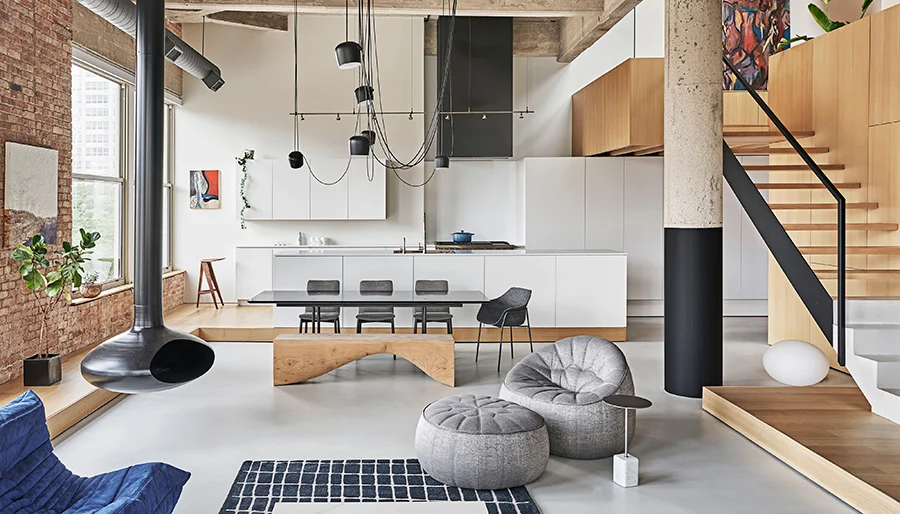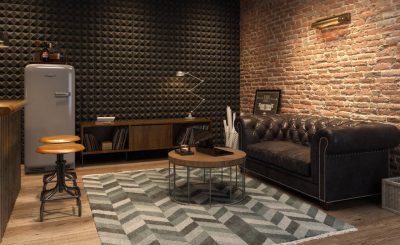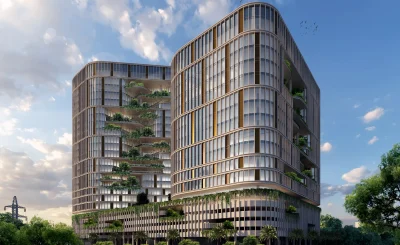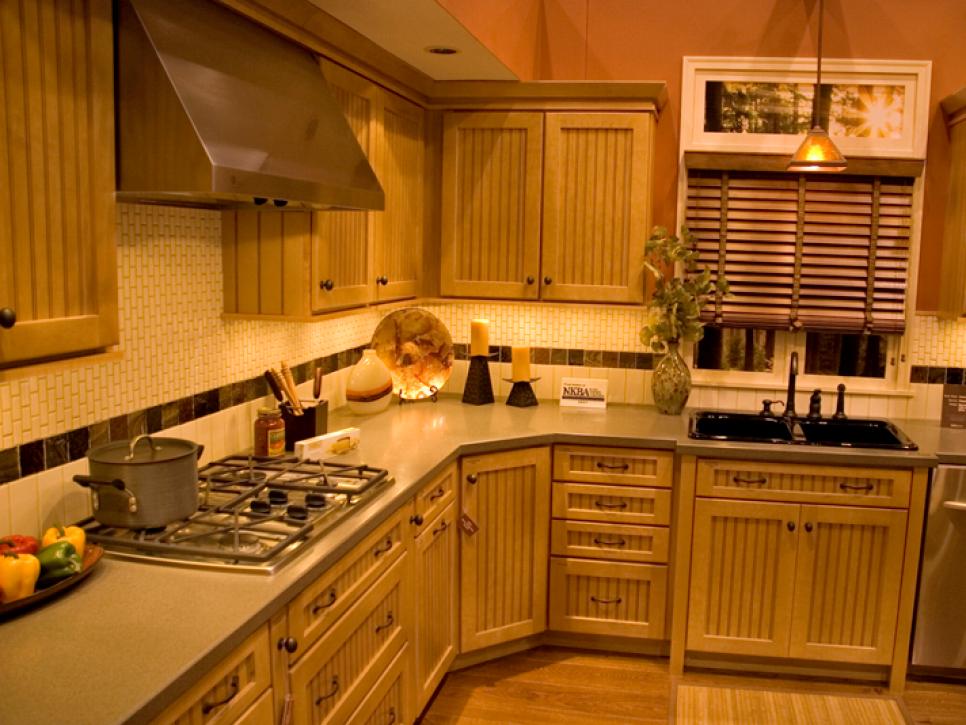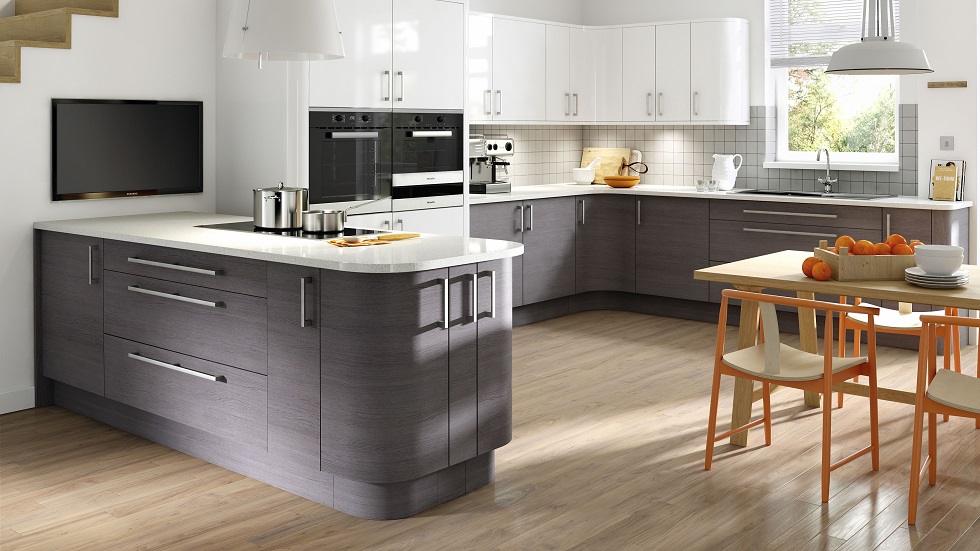Imagine waking up in a lighthouse, working in a converted grain silo, or hosting dinner in a decommissioned church. Adaptive reuse—breathing new life into old structures—isn’t just about sustainability. It’s about character, history, and downright cool living spaces. And honestly? The results can be jaw-dropping.
Why Unconventional Spaces? The Allure of the Unexpected
There’s something magnetic about repurposed buildings. Maybe it’s the juxtaposition of old bones with modern finishes. Or the stories embedded in brick and beam. Here’s the deal: conventional homes are… well, conventional. But a converted factory or water tower? That’s a conversation starter.
Key reasons adaptive reuse is trending:
- Sustainability: Reusing structures slashes construction waste—up to 90% compared to new builds.
- Cost efficiency: Often cheaper than ground-up construction (though surprises lurk in those old walls).
- Location, location: Many unconventional structures sit in prime urban areas—think warehouses in arts districts.
- Unique aesthetics: Exposed beams, original brickwork, and quirky layouts you can’t replicate.
Unlikely Candidates Turned Stunning Homes
1. Industrial Giants: Factories & Warehouses
Sprawling floor plans, sky-high ceilings, and those massive windows—industrial spaces are adaptive reuse royalty. A 19th-century textile mill becomes a loft with serious open-concept vibes. The catch? Zoning laws and insulation challenges. But the payoff? A home with soul.
2. Ecclesiastical Elegance: Churches & Chapels
Stained glass as your natural light source? Yes, please. Deconsecrated churches offer soaring arches and acoustics made for dinner parties. One Brooklyn church-turned-residence kept the pews as a dining bench. Talk about a blessing in disguise.
3. Nautical Nostalgia: Lighthouses & Boathouses
Compact but packed with charm. A lighthouse keeper’s cottage might be tight, but waking up to 360-degree views? Worth the squeeze. And boathouses—perched over water—deliver that “floating” illusion without the seasickness.
The Nitty-Gritty: Challenges & Solutions
Sure, adaptive reuse sounds dreamy—until you’re wrestling with asbestos in a 1920s firehouse. Here’s a quick reality check:
| Challenge | Workaround |
| Zoning restrictions | Partner with local preservation societies |
| Structural surprises | Budget 20% extra for “Oh wow” moments |
| Modern systems (plumbing, HVAC) | Creative routing (think exposed ducts as decor) |
| Odd layouts | Custom furniture or movable partitions |
How to Spot Potential in the Unlikely
Not every crumbling barn is a diamond in the rough. Here’s how to see beyond the dust:
- Bones over beauty: Solid structure? Good. Peeling paint? Fixable.
- Light play: High windows or skylights are gold.
- Flow test: Can you imagine daily life here? (A spiral staircase as your only bathroom access? Maybe not.)
And—this is key—listen to the building. A schoolhouse might beg for a communal kitchen where the chalkboard once hung.
The Future: Beyond Trend, Toward Necessity
With urban sprawl and climate concerns, adaptive reuse isn’t just stylish—it’s smart. Cities like Detroit and Berlin lead the charge, turning “useless” spaces into cultural hubs. And you know what? That grain silo apartment might just be the 21st-century answer to housing crises.
So here’s to the dreamers who see a home where others see ruins. To the architects who marry past and present. And to the rest of us, scrolling Zillow for that perfect… water tower?


